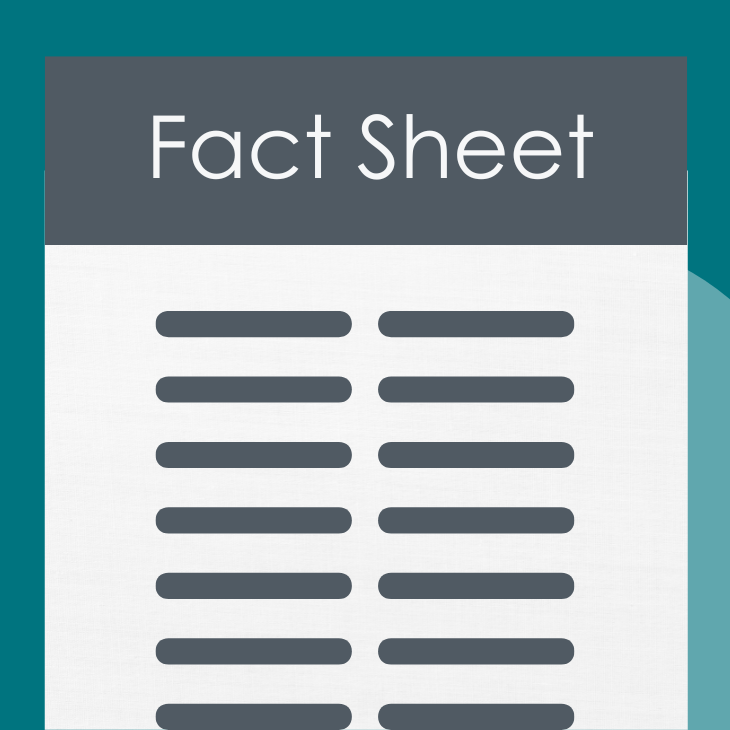
Progesterone Supplementation During In Vitro Fertilization (IVF) Cycles
Revised 2023
What is progesterone?
Progesterone prepares the lining of the uterus (endometrium) for a fertilized egg (embryo) to stick or implant. If an embryo implants into the lining of the uterus, the ovary continues to produce progesterone for eight to ten weeks. After that time, the placenta produces progesterone to support the developing pregnancy. If a pregnancy does not take place, progesterone levels drop and a woman has her period.
 Why do doctors prescribe progesterone during fertility treatments?
Why do doctors prescribe progesterone during fertility treatments?
During an in vitro fertilization (IVF) cycle, medications are used to prevent the early release of an egg from the ovary (premature ovulation) and fluid from the follicles is removed. These medicines and procedures may affect your ovary’s ability to make progesterone. Your doctor may prescribe a progesterone supplement to make up for this decrease in your progesterone levels. Progesterone supports the growth of the uterine lining so that an embryo can implant and grow inside. Many scientific studies have looked at pregnancy rates in IVF cycles that used progesterone. These studies have shown that pregnancy rates are much higher in cycles with progesterone supplementation compared to those without.
When and how should I take progesterone?
Progesterone supplementation is usually started on the day of or the day after egg retrieval. If a pregnancy takes place, supplementation may continue throughout the first trimester. Progesterone may be taken as an intramuscular injection or given through the vagina as a suppository, gel, or tablet.
What are the types of progesterone available?
There are two basic types of progesterone. One is a synthetic type called medroxy-progesterone acetate or Provera. The other type more closely resembles the natural progesterone produced by the ovaries. The natural form is the one recommended for use in pregnancy.
In Vitro Fertilization (IVF)
Fact Sheets/Booklets
View more fact sheets and booklets written by the ASRM Patient Education Committee.
Menopausal Transition (Perimenopause): What Is It?
The menopausal transition (perimenopause) is the period that links a woman’s reproductive (childbearing) years and menopause.
Osteoporosis
Osteoporosis and osteopenia are conditions of having low bone mass (density).
Hyperprolactinemia (High Prolactin Levels)
Prolactin is a hormone produced by your pituitary gland which sits at the bottom of the brain.
Optimizing Natural Fertility
Before attempting pregnancy, a woman should make sure she is healthy enough for pregnancy by adopting a healthier lifestyle and taking prenatal vitamins. If she has a medical or genetic condition or risk of one, she should seek advice from a medical professional before conceiving (becoming pregnant)Find a Health Professional











